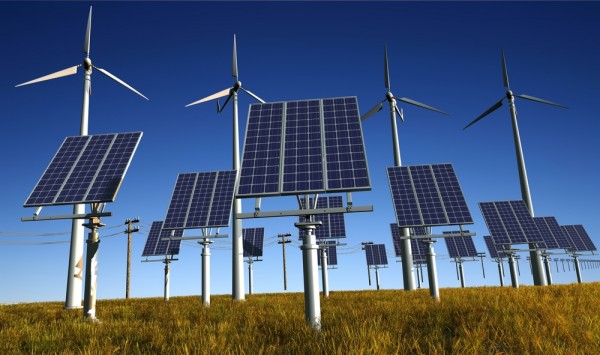Renewables Can Potentially Cover Energy Needs But Have Reliability Issues

 Credit: iurii / Shutterstock.com
Credit: iurii / Shutterstock.com
In January 2012 the San Onofre nuclear power plant, which provided power to 1.4 million homes in Southern California, was closed for repairs after engineers found hundreds of defective cooling tubes. On June 7, Southern California Edison (SCE) voted to permanently close the plant, leaving California residents concerned over potential blackouts during hot summer months.
Hearings will be held on San Onofre's shutdown, but SCE stated that since the plant was out of operation, overall carbon emissions have increased. SCE went from having 50 percent of its energy production carbon-free in 2011 to 30 percent in 2012, the year of the initial shutdown. The company had to turn to natural gas to make up for the loss in nuclear energy.
The permanent closure of San Onofre also marked the 2,000-megawatt milestone for utility-scale solar power in California, doubled from 1,000-megawatts last September. Solar power has expanded rapidly in California as a result of high insolation and community support.
As a result of programs such as Governor Schwarzenegger’s Million Solar Roofs initiative and the California Public Utilities Commission’s California Solar Initiative, the state now leads the nation in the total number of homes which have solar panels installed.
While the burning of fossil fuels produces roughly 21.3 billion metric tons of carbon dioxide annually, solar power is emissions-free. Advantages of solar energy include its renewability as a resource, its long-term economic benefits, and its potential to create jobs.
Some, however, say that the disadvantages associated with solar energy are enough to discredit it. These disadvantages include high initial installation costs, relative inefficiency, and–according to Discovery News–the threat it poses to entire ecosystems, as they kill insects that other species rely upon.
Wind energy also seems a strong contender in the race for renewable energy. In 2004, wind energy in California produced 4,258 million kilowatt-hours of electricity, about 1.5 percent of the state's total electricity -- or, according to the California Energy Commision, “more than enough to light a city the size of San Francisco.” Theoretically, there is enough potential wind energy in the U.S. to power the entire country.
Wind energy is also emissions-free, it is non-depletable, and, due to its modular nature, capacity can easily be added as necessary. While the power is currently more expensive than that produced by natural gas-fired plants, the price of wind power is not affected by fuel price increases or supply disruptions.
Additionally, there is currently a federal tax credit for wind generation. However, there are several disadvantages as well, including erosion in desert areas, usage of large tracts of land, disturbance of wildlife habitats, and more than 573,000 avian deaths each year.
Both wind and solar power have considerable advantages, widespread support and great potential to become major sources of power for both the state and the nation. According to a 2010 report, cost-minimized combinations of wind power, solar power and electrochemical storage could power the full electric grid up to 99.9% of the time by the year 2030.



